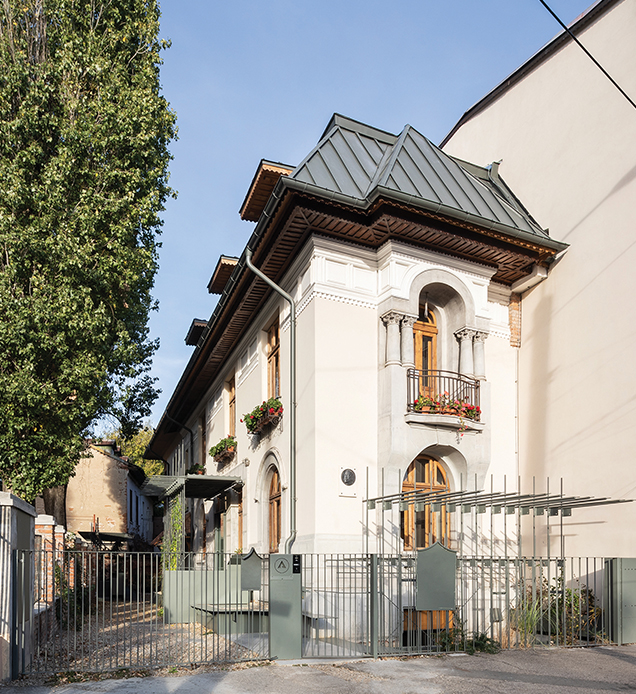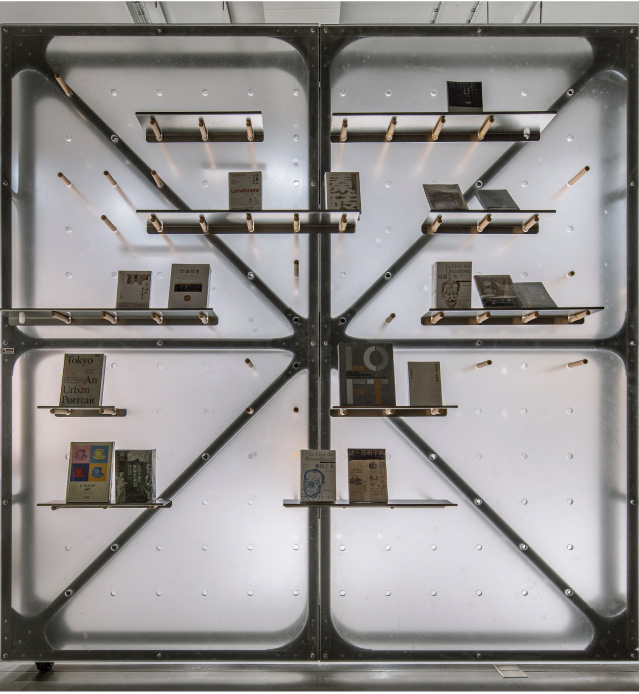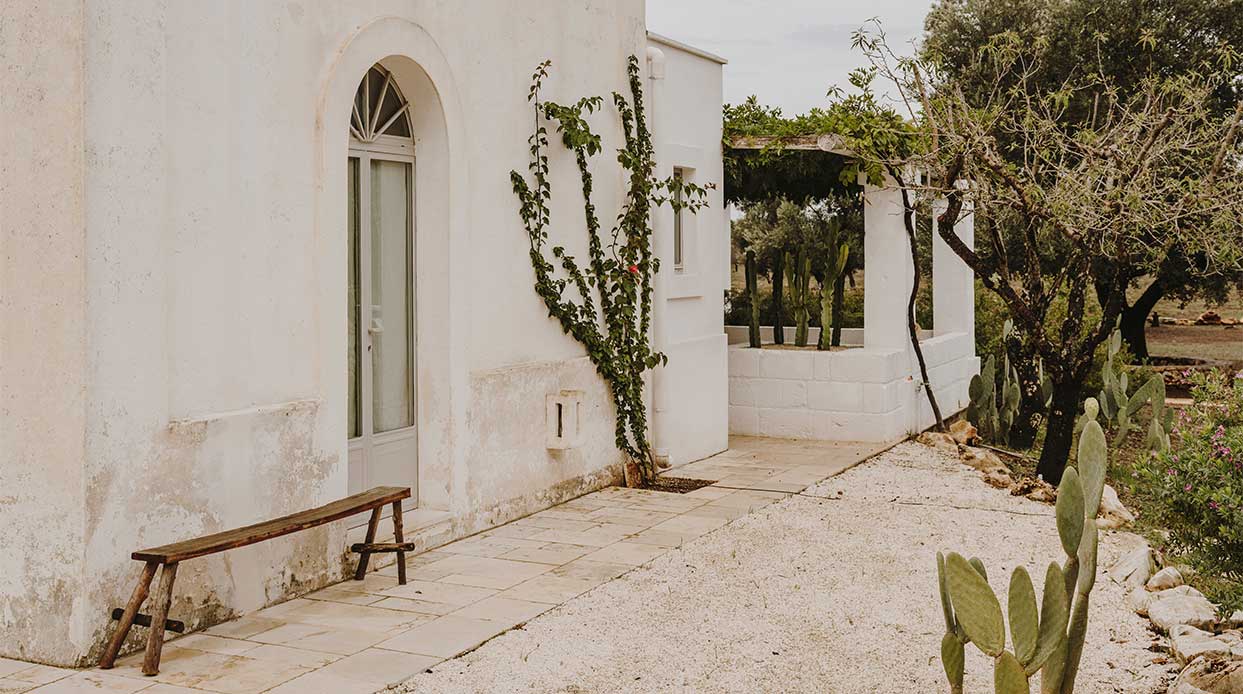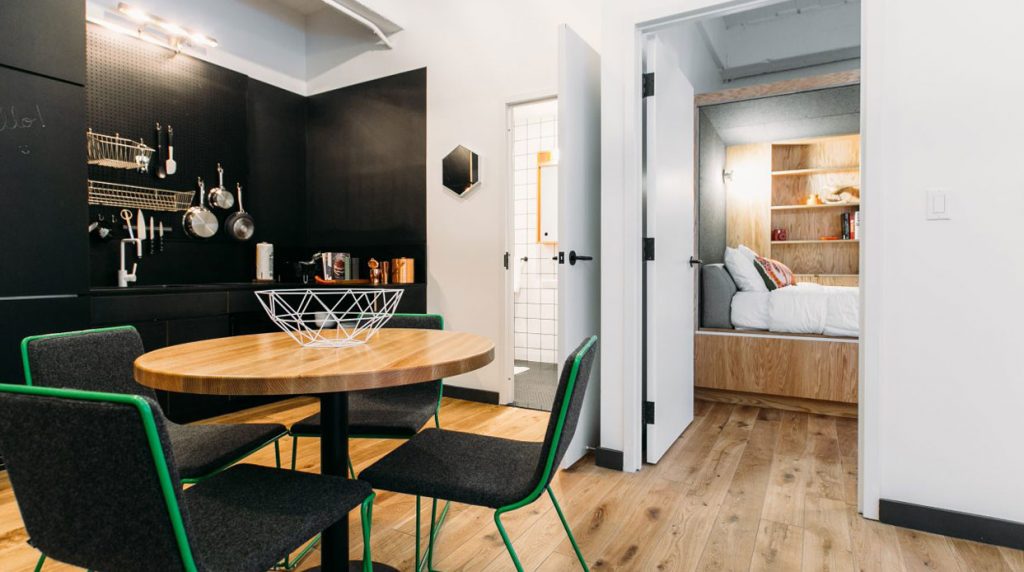Restoration, refurbishment of the Headquarters of the Order of Architects of Romania – Bucharest Branch – STARH
[vc_row][vc_column][vc_column_text]Location: Bucharest, Romania Project title: Restoration, refurbishment of the Headquarters of the Order of Architects of Romania – Bucharest Branch Authors: STARH

Location: Bucharest, Romania
Project title: Restoration, refurbishment of the Headquarters of the Order of Architects of Romania – Bucharest Branch
Authors: STARH – Birou de arhitectură (Florian & Iulia Stanciu)
Collaborating architects: Cosmin Gălățianu, Cristian Alexandru Beșliu, Cosmin Valentin Georgescu, Horia Constantin Munteanu, Octavian Bîrsan
Furniture: Cristian Zielinski
Construction company: CELLA COSIMEX
Structural engineering: MIRO GROUP
Engineering: VDB INSTA L
Artists: Ștefan Neacșu, Virgil Scripcariu
Total area: 268 mp / sqm
Usable floor area: 397 mp / sqm
Construction year: 2015–2017
Photographs: Radu Malașincu
The building, originally build in 1927 and signed by one of the exponents of the neo-Romanian style, arch. Florea Stănculescu, was used as a family house. The main challenge of the project was to achieve, by engaging minimal resources, a new status of a public function and representation for the Bucharest Branch of the Order of Architects of Romania. The theme of the project was subject of a local competition for the conversion of the house into the Headquarters of the Bucharest Branch of OAR , with offices, library, meeting spaces and workshops as well. The plot is part of a historical area of Bucharest, yet in a destructured urban square. In this unequal context, the building appeared unaligned, in its uniqueness, which, paradoxically, give it a delicate appearance, as a fragment of the interwar city brought nowadays. We tried not to visibly intervene therefore the project was about finding the extent to which the intervention gesture may remain unobservable.
The project speculated this «hinge» location in between educational and residential functions to create a link with Cervantes High School so as to facilitate apartnership inarchitectural curricula. Understanding the context helped generate public fusion and connection with the neighbourhood. The small house, with a footprint of 118sqm, has the typical subdivision for so called «wagon-houses» of the city, with communicating rooms by glass-doors, the first floor with bedrooms, underground and attic used just for annexes. We worked for densification but in respect of this, as we did not want to touch the integrity of the typology. The building, not inhabited for many years, was in a medium state of degradation due to water infiltrations.
The intervention involved a discrete extension on the main interior spaces, making new spatial and visibility connections between the levels as to indicate the wholeness in each part of its interior. So, the slabs were punctured by «glass eyes», and the library area was developed on two levels that leave apparent the old wooden structure. Likewise, we aspired to create similar openings to the context, to the street and to neighbourhood. These openings, noticeably but discretely, are to be «captured» in time by the garden, through the fragile but expressive metallic structures made from reinforcement profiles. The structure of the existing building is made of load-bearing masonry with wooden floor beams.
The extension involved: the underground level and the lateral extension with niches from the hall, creating an access door for the main entrance, the slight extension of the French roof in order to host a meeting room and the continuation of the roof over the library. The intervention of consolidation for the up mentioned was consistent for the basement floor and attic – it used a concrete slab. In the groundfloor and first floor, were we only reinforced the wooden beams.
We wanted to keep the existing as artefacts and use almost everything we had to dismantle in a new implant:the broken bricks and glass mixed in the mosaic pavement, orthe stove tiles as heat diffusers for hot water, orstove doors for natural ventilations hatches, or decorated rafters to support the shelves of the library, orwooden beams for repaving. We used the common materials of the house (ex: the pinewood) in uncommon situations (ref. the «curtain» doors of the wall storage) to shed light on the new. The steel tubsperforate the concrete slabs.
 Romană
Romană English
English




